How to Calculate GST Payable in Australia?

Understanding GST is essential for small business owners in Australia. Here, we explain how to calculate GST, Australia’s current GST rate, and more.
Here’s What We’ll Cover:
Do You Need to Register Your Business for GST?
Your Customers and Tax Invoices
GST: What Is It?
GST is an acronym meaning Goods and Services Tax. If you’re familiar with the UK’s VAT, GST is essentially Australia’s version of that. It’s a tax that’s payable on the purchase of products and services. If you run a business in Australia, you need to charge your customers a GST rate of 10%.
You should regularly check with your central government regarding any changes to the current GST, as it is subject to change. According to CPA Australia, there have been discussions about raising the GST rate to 12.5% or even 15%.

Do You Need to Register Your Business for GST?
Your Australian-based business must be registered for GST if certain instances apply to you:
- You run a non-profit, and your GST turnover is $150,000 or more
- You run a business that provides limo or taxi services
- Your business claims credits for fuel tax
- Your GST turnover is $75,000 or more
Keep reading to find out what you need to do in order to register as a taxable sale business.
Registering for GST
Do any of the above conditions apply to your company? If so, it’s important that you register promptly. Fortunately, registering is easy. You may do so online, over the phone, or via a registered agent. Once you register, you won’t have to register again.
As soon as you determine that your business needs to register for GST, you are advised to take action. Delaying or failing registration could have costly consequences. You may have to pay back the GST for all sales made from the time you were supposed to register.
What’s more, there could be interest fees and penalties attached to your restitution. You can avoid such charges by checking your GST status early on and registering if necessary.
When to Charge GST?
As a GST-registered business, it’s important to know when you are required to charge GST. Any time you sell a product or service to your customers, you must charge GST. There are some items and services that are exempt from GST.
Most of your basic foods are GST-free, as are medical services and certain educational courses. Other GST-free items include but aren’t limited to:
- Drainage, sewerage, and water
- Some childcare services
- Some medical supplies
- Precious metals
- Farmland
- Exports
So as an example, gold prices are not taxable. In addition, the Australian government’s website has a complete listing of products and services that are GST-free. It’s a good idea to familiarize yourself with the list to ensure you maintain compliance in your business.
How to Calculate GST
GST calculations are easy when you follow a simple formula. You just need to take the original retail price of an item and multiply it by 1.1. For example, let’s assume you sell a certain pair of shoes for $90.
You would use the formula: Original sale price x 1.1 = GST-inclusive price
Therefore, it would look like this:
$90 x 1.1 = $99
The formula is easy enough, but feel free to use a GST calculator if you need assistance. You can find many online resources that offer a free GST calculator.

Your Customers and Tax Invoices
In Australia, you need to give your customers tax invoices that detail the GST they paid. When you give a customer this invoice, they can then use it to claim back some of the GST. Moreover, you are required to provide a tax invoice on any taxable sales that total over $82.50.
And if the sale is under $1,000, additional information must be provided. This includes:
- Description of goods sold (price and quantity)
- Seller’s ABN (Australian business number)
- Notation specifying it’s a tax invoice
- GST amount (if applicable)
- Which items include GST
- Seller’s identity
- Date of sale
If the sale is more than $1,000, the same information applies. But you will also need to list the identity of the buyer and their ABN, if applicable.
Key Takeaways
Knowing how to calculate GST is essential for any business owner in Australia. By adhering to your legal requirements, you can ensure proper sales tax while avoiding penalties.
Do you need help with charging GST and other accounting needs? Be sure to check out FreshBooks for a powerful suite of tools and resources.
If you’re looking for more information like this, visit our resource hub!
RELATED ARTICLES

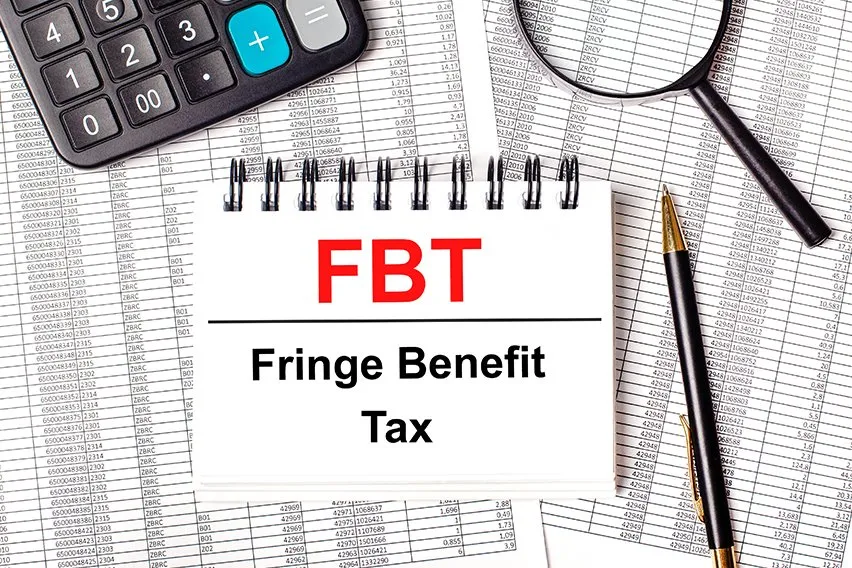 A Comprehensive Guide to Fringe Benefits Tax
A Comprehensive Guide to Fringe Benefits Tax What is Personal Services Income (PSI)?
What is Personal Services Income (PSI)?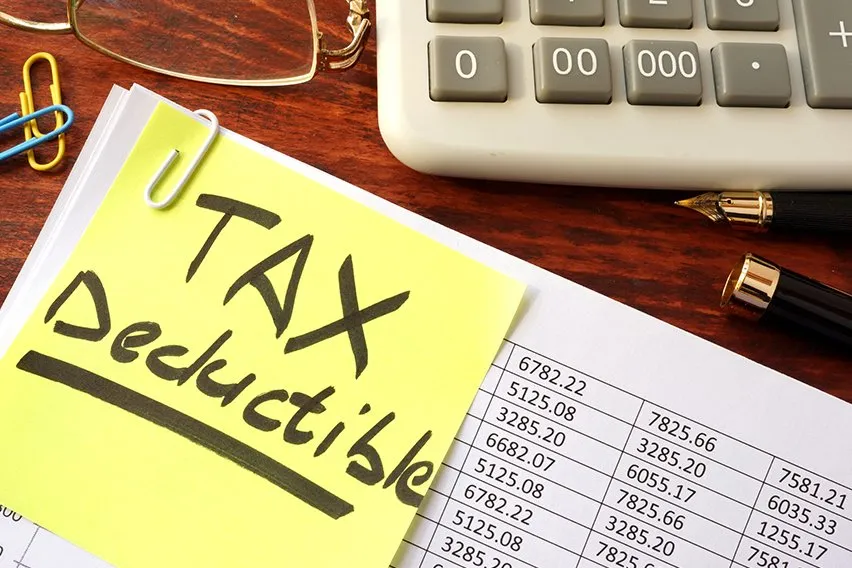 The Ultimate Guide to Tax Deductions You Can Claim in Australia
The Ultimate Guide to Tax Deductions You Can Claim in Australia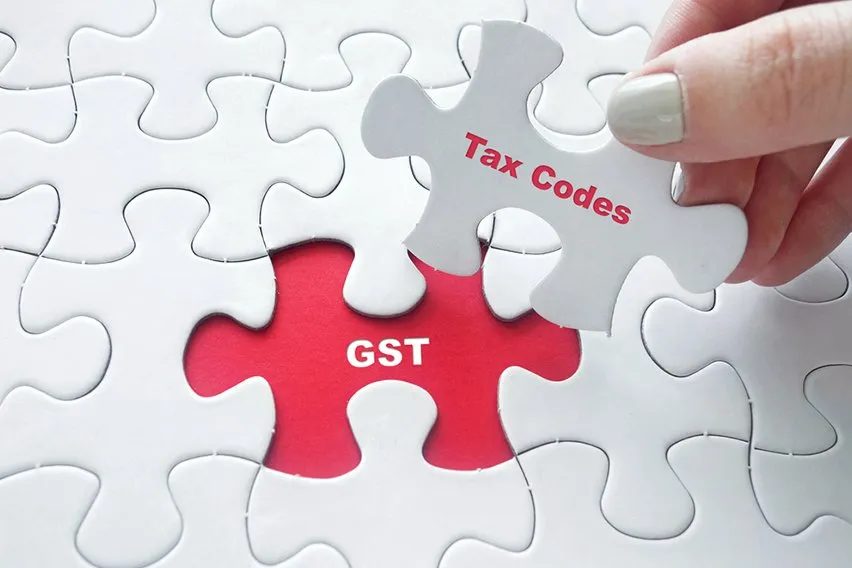 GST Codes & Terms
GST Codes & Terms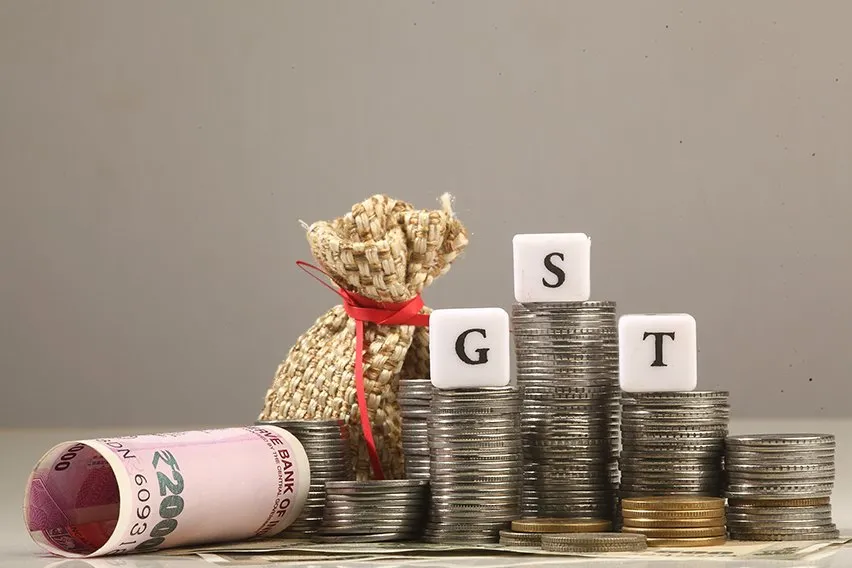 How to Register for GST? A Guide
How to Register for GST? A Guide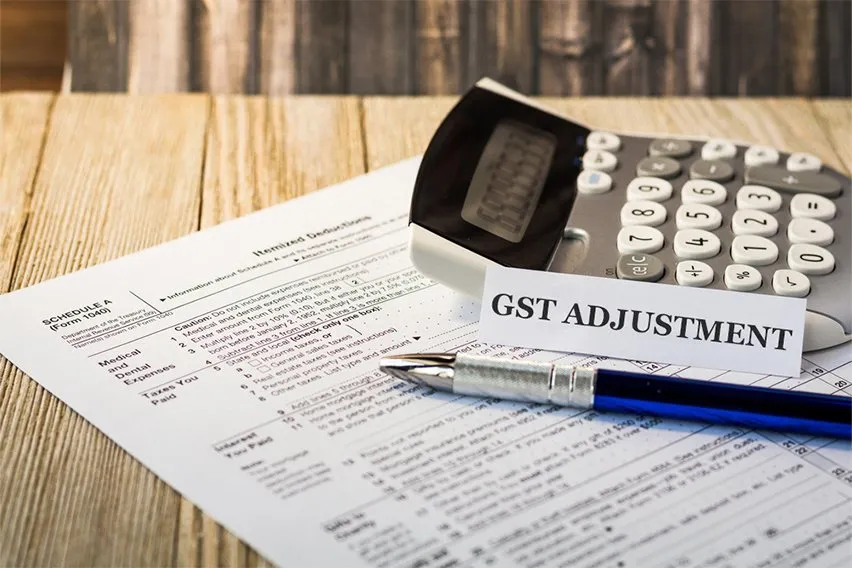 How to Make GST Adjustments?
How to Make GST Adjustments?